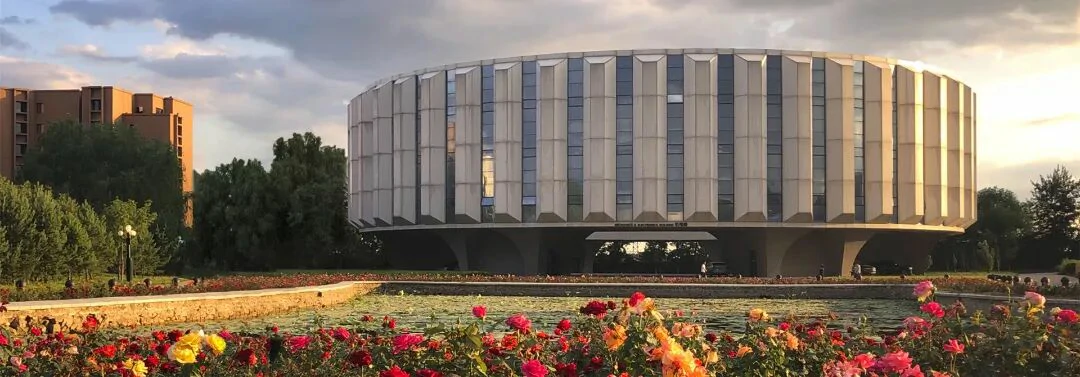
The university is located in Shenyang, an awesome city in Northeast China. Here, modern education meets a vibrant campus culture. You'll be taught by really friendly professors, study with classmate...

How does Students under 18 Apply to Study in China? Many agents have asked us whether students under 18 can study in China. The answer is yes. We know many students graduate at 16 or 17 and don’t ...
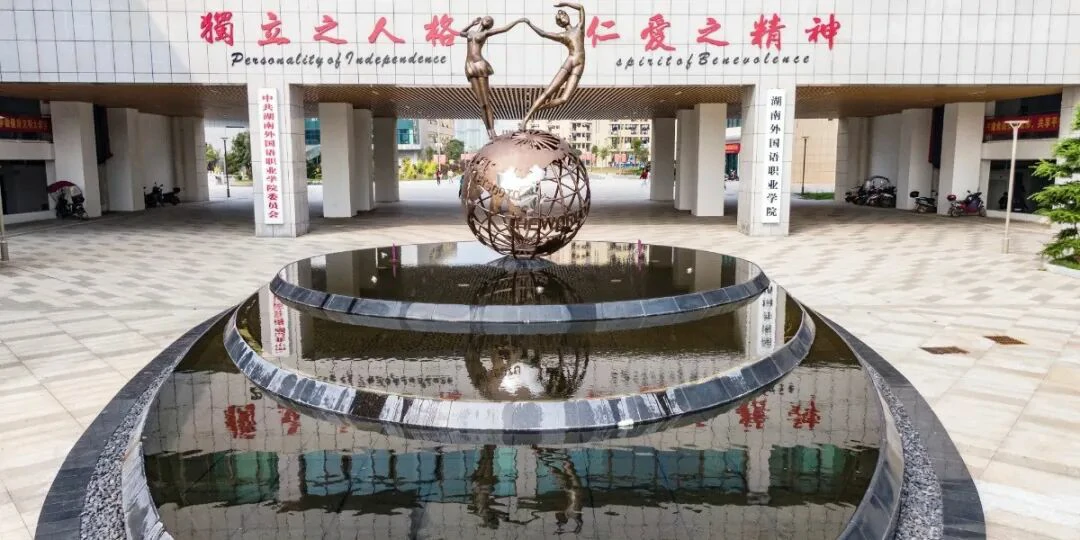
Dear International Agents,are your students considering China for their studies in 2026? We are pleased to announce that our partner college in the vibrant city of Changsha, Hunan, is now accepting ap...

Recently, a group of international students from the University of Science and Technology of China visited Yanzihe Experimental Middle School in Jinzhai county, Anhui province. The 12 international...
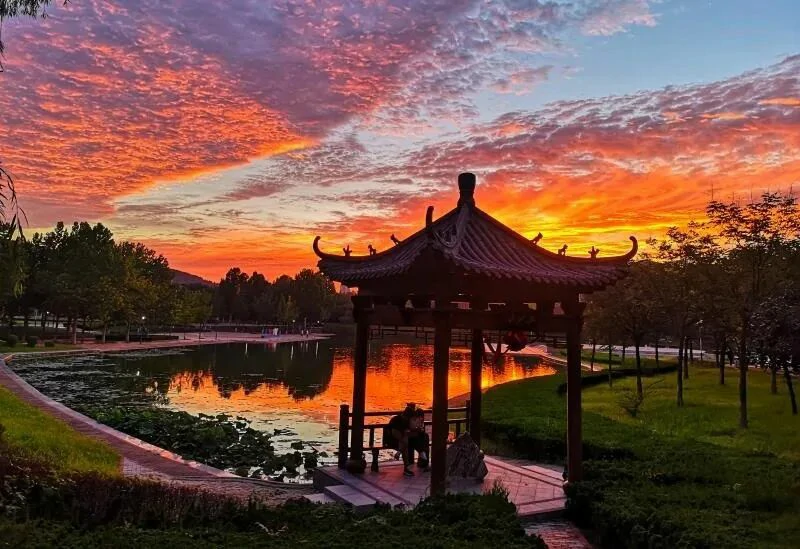
Spring 2026 Chinese Language Programs – Multiple Cities & Durations! 🎓 Explore China and master its language through our diverse 2026 spring intake programs! 🎓 Choose from flexible ...
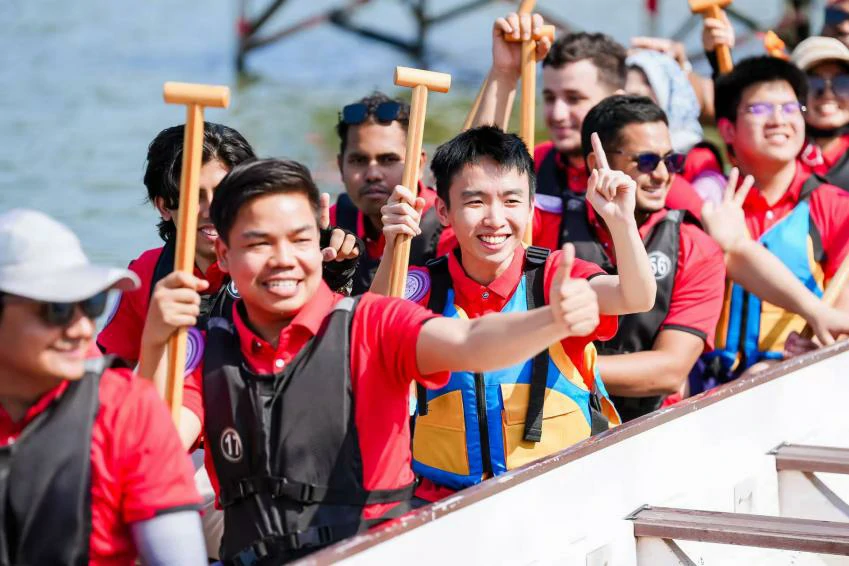
On May 29, over 120 international students from Huazhong University of Science and Technology took part in a dragon boat friendship race on Wuhan's Yujia Lake as part of the "Journey...

How is this university? World-Class Academics 🏆 Double First-Class Initiative University 🎖️ Key Institution of the 211 Project Vibrant Campus Life 🏛️ Historic Campus with modern smart cla...
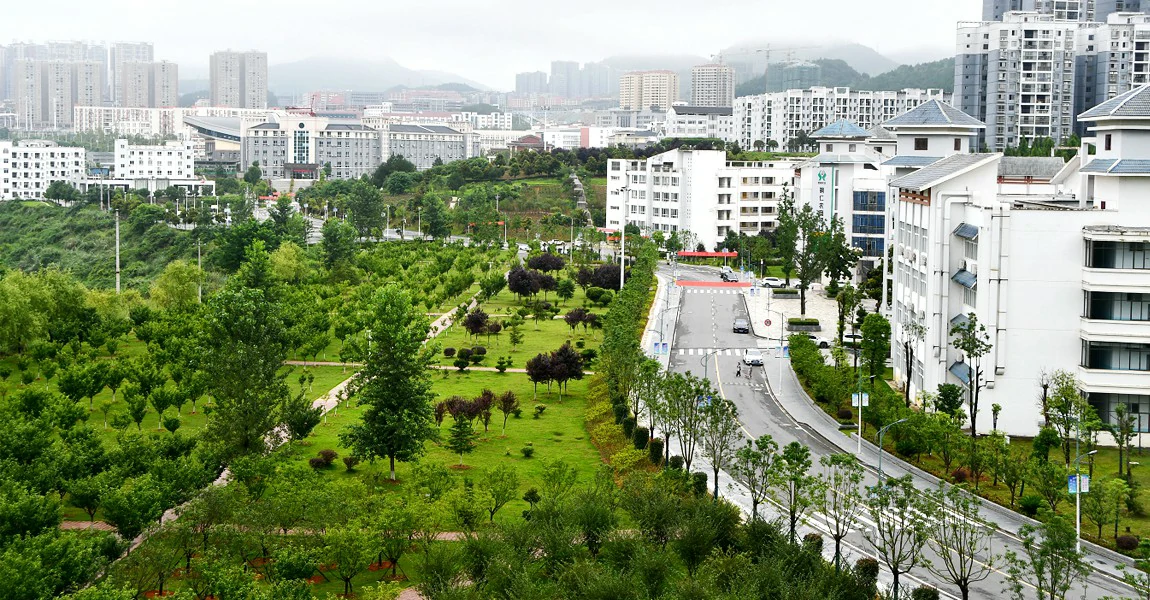
This university is located in the scenic city of Tongren, surrounded by mountains and rivers, offering a beautiful and tranquil campus environment. The 2026 Spring Chinese Language Program is now o...
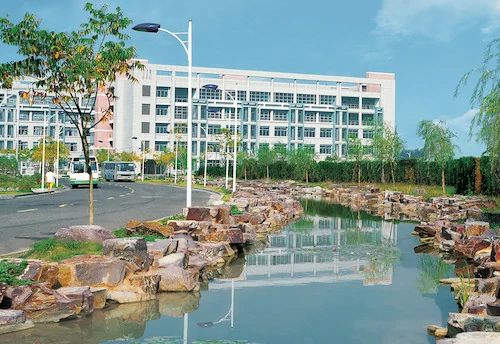
Dear International students, we invite you to apply to Hangzhou Normal University. Founded in 1908, it’s a well-respected institution. Located in the beautiful city of Hangzhou, the university offers ...
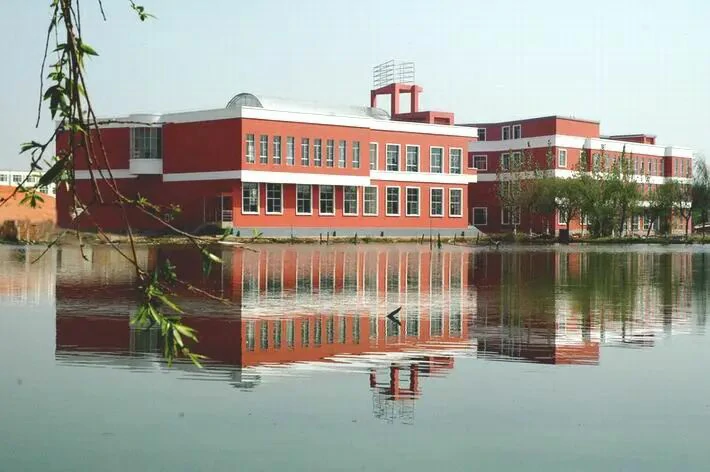
2025 Autumn Intake – Popular Programs Still Open! Don't miss your chance! We are still accepting applications for our high-demand programs starting in Fall 2025. You can still apply for the&nbs...
Popular
SCG - December 3, 2025
Subscribe

